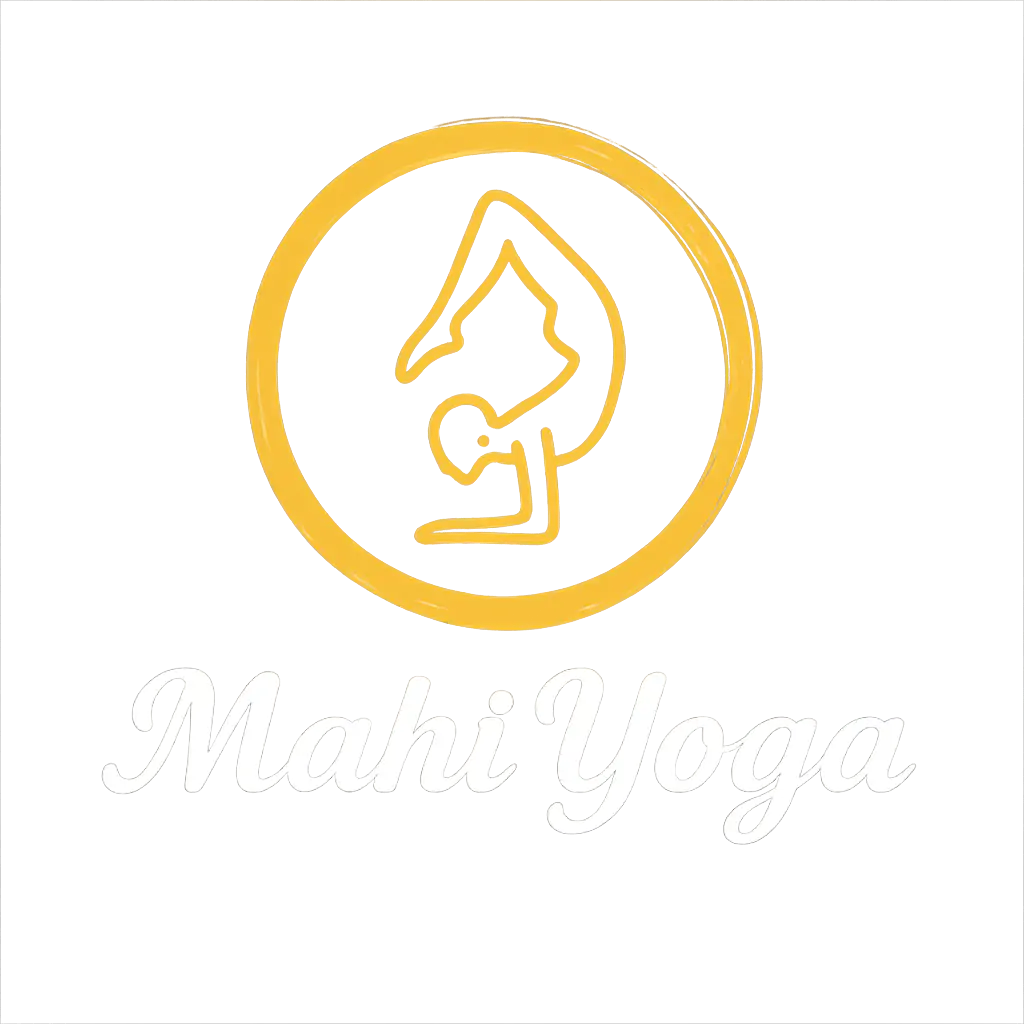The Sanskrit Virabhadrasana means fierce Warrior Pose, named after the warrior called Virabhadra and asana means pose. There are three variations of Virabhadrasana Warrior Pose; A, B and C. Virabhadrasana A has the arms raised above the head and hips square to the front.
Virabhadrasana A is a wonderful pose as it helps to strengthen the legs and open the shoulders and chest. It is a very energizing and powerful pose. The arms and gaze reaching up as if ascending upwards giving the pose a lighteness, yet the steady grounding of the feet in Virabhadrasana A creates a strong, steady and powerful pose. Virabhadrasana A can also increase the confidence and help with balancing both the body and the mind.
How to correctly practice Virabhadrasana A
Starting from the foundations; in the case of Virabhadrasana the feet. In Virabhadrasana A the front foot points forward 90 degrees and the back foot toes point out to the side at 45 degree angle, heels are in line.The practitioner must press into the little toe of the back foot and rotate the heel clockwise. This is the traditional position. For most people using this foot positioning makes it very difficult to square the hips. It requires a spiral rotation in the leg, meaning that the hip is naturally in external rotation but by squaring the hips we have created an internal rotation intention. This can also put pressure on the knee if not done correctly. So it best to work at the appropriate level and position.
Therefore, we suggest that beginners or those with knee problems lift the heel, leaving the ball of the foot pressing into the mat. The practitioner must activate the back heel sending it backwards. This will help to square the hips to the front.
The front knee is bent at 90 degree to the floor and must not come in front of the toes. For those with knee problems or beginners, the knee should remain exactly above the ankle. This helps the joint to be in a healthy position. The more the knee is in front of the ankle the more the weight and pressure moves forward into the knee. The heel of the front foot should press down into the ground. The thighs should be engaged in this position.
On the Inhale the practitioner must raise the arms straight above the head. In the full position the hands press together, both arms are straight and elbows locked. Gaze or dristi is upwards to the thumbs. For those with tight shoulders it may not be possible to bring the hands together without the elbows bending. If this is the case then the arms may remain up but with a space between them, in line with the shoulders.
In Virabhadrasana A when the gaze is lifted upwards there should be no compression of the back of the neck. It is better to bring the intention of looking up by tilting the chin up rather than dropping the head back. This will save the neck from compression. A practitioner who already has some neck issues or compression may simply look forwards.
Once the arms and gaze point are correct we come back to the shoulder positioning. A common mistake is to hunch the shoulders upwards. Whilst the arms are reaching up there is space between the shoulders and the ears. So, relax the shoulders!
The upper back or thoracic spine bends backwards here. Whilst we do not want to encourage any extra curvature in the lower back or lumbar spine. This bend of the upper back leads to an opening in the chest. Here it is common to see the lower frontal ribs pop out. To control this in Virabhadrasana the practitioner must engage the abdomen, which is being stretched and gently tuck in the lower ribs. This in turn also helps to protect the lower back from overarching.
